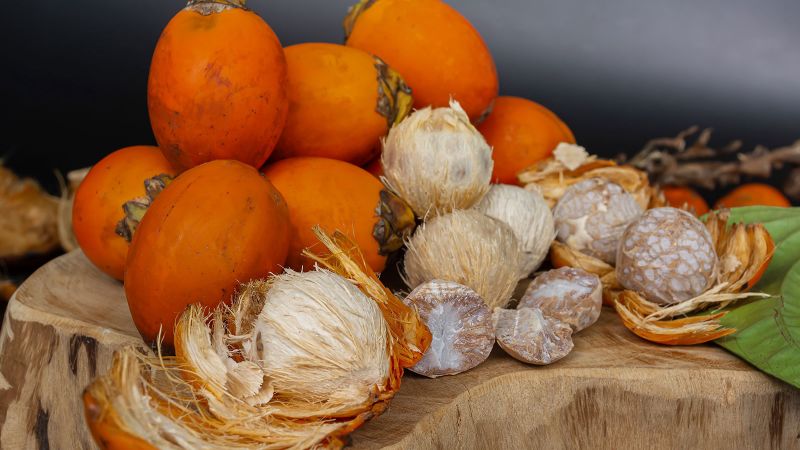- Total News Sources
- 1
- Left
- 1
- Center
- 0
- Right
- 0
- Unrated
- 0
- Last Updated
- 44 days ago
- Bias Distribution
- 100% Left


Ancient Thai Teeth Reveal Early Betel Nut Use
Researchers have uncovered the earliest direct biomolecular evidence of betel nut chewing in Southeast Asia, dating back 4,000 years to the Bronze Age at the Nong Ratchawat archaeological site in central Thailand. Analysis of dental calculus from six ancient skeletons revealed psychoactive compounds—arecoline and arecaidine—indicating betel nut use even in individuals lacking typical dental staining. The study suggests betel nut chewing was likely widespread and culturally significant, possibly serving ritual or medicinal purposes in addition to providing stimulant effects. These findings extend the known history of betel nut use in the region by at least 1,000 years and challenge previous reliance on visible staining or plant remains for evidence. The innovative residue analysis method demonstrates how ancient behaviors can be detected even when physical traces are absent. Experts believe this technique could further reshape our understanding of prehistoric social practices in Southeast Asia.

- Total News Sources
- 1
- Left
- 1
- Center
- 0
- Right
- 0
- Unrated
- 0
- Last Updated
- 44 days ago
- Bias Distribution
- 100% Left
Related Topics
Stay in the know
Get the latest news, exclusive insights, and curated content delivered straight to your inbox.

Gift Subscriptions
The perfect gift for understanding
news from all angles.
